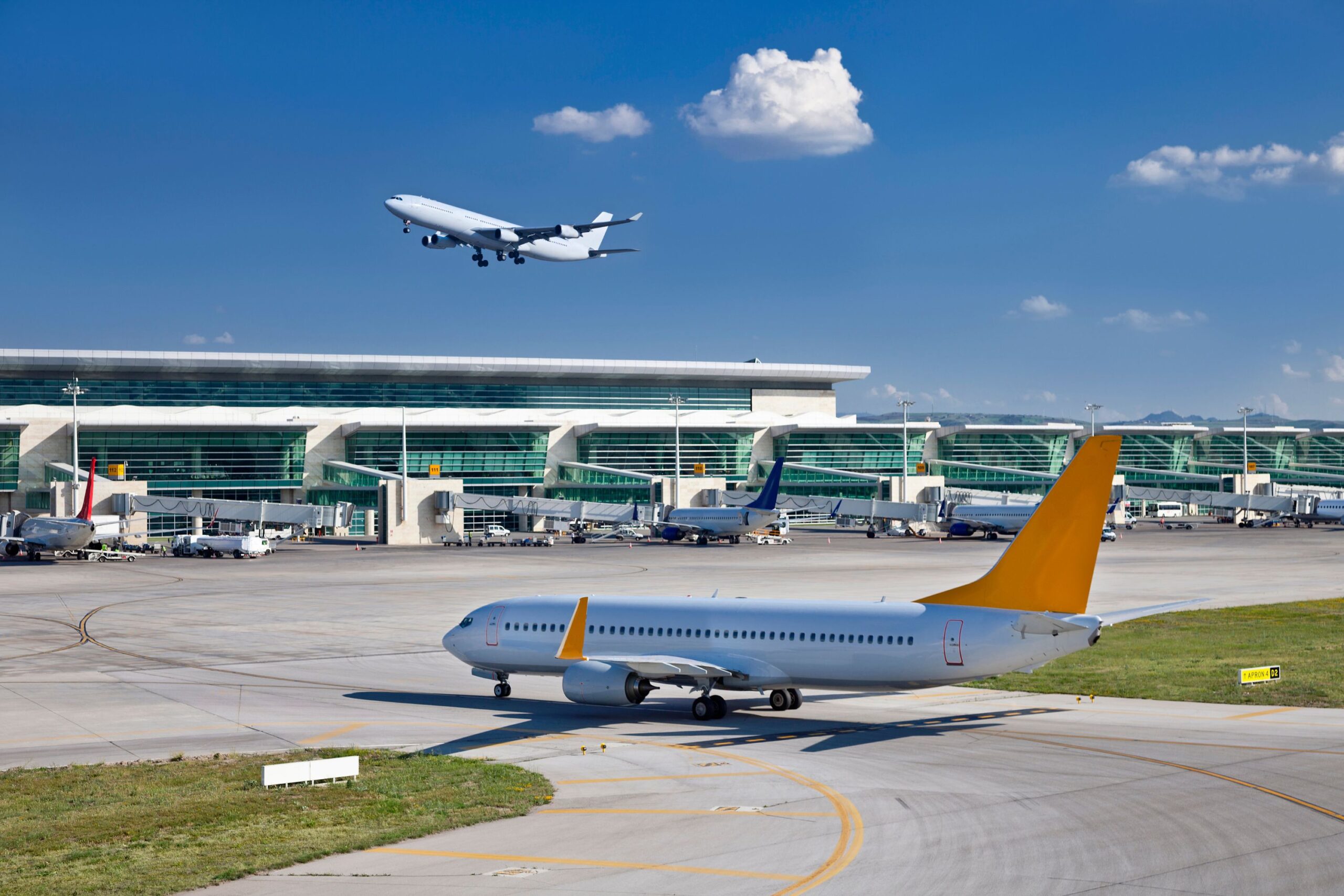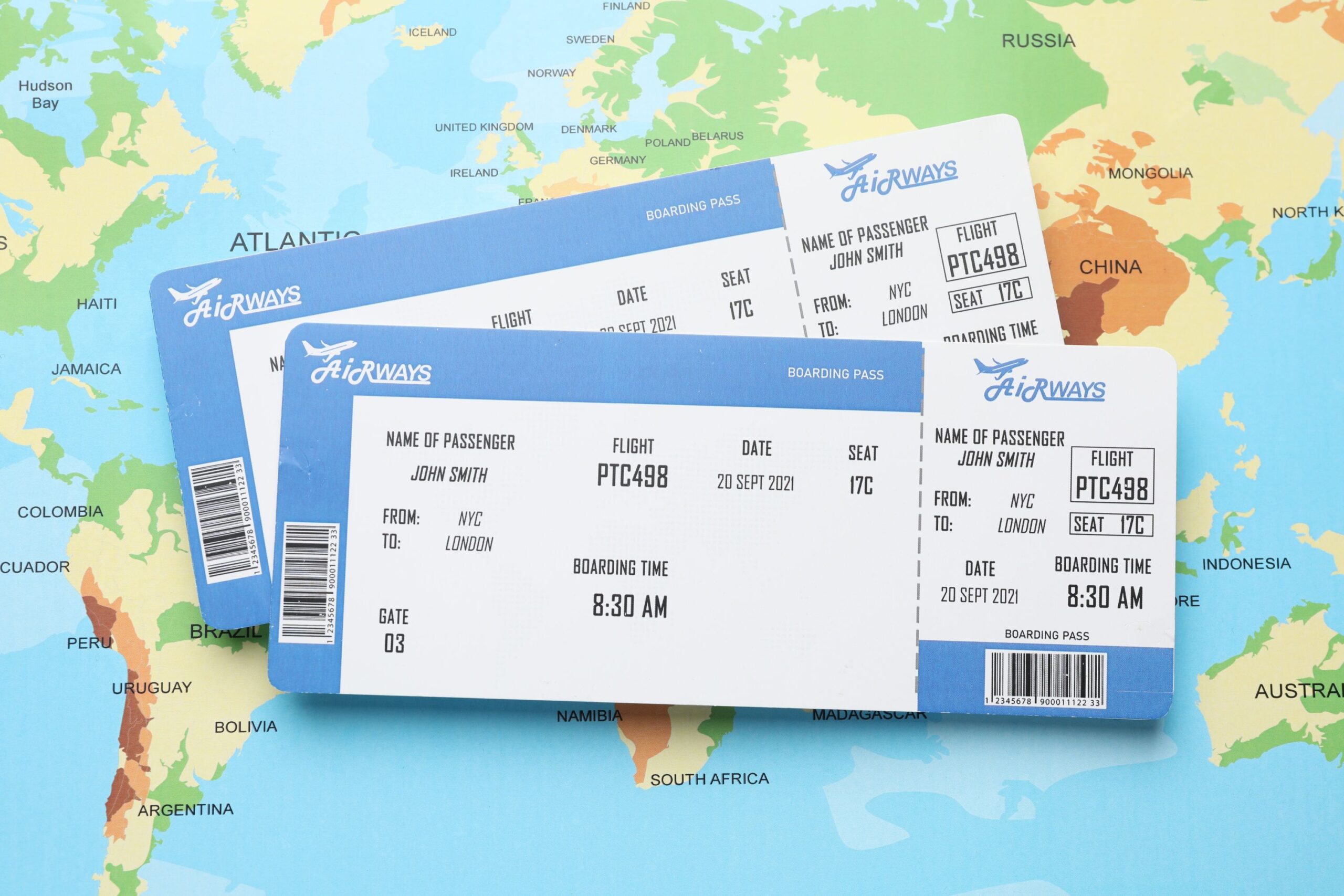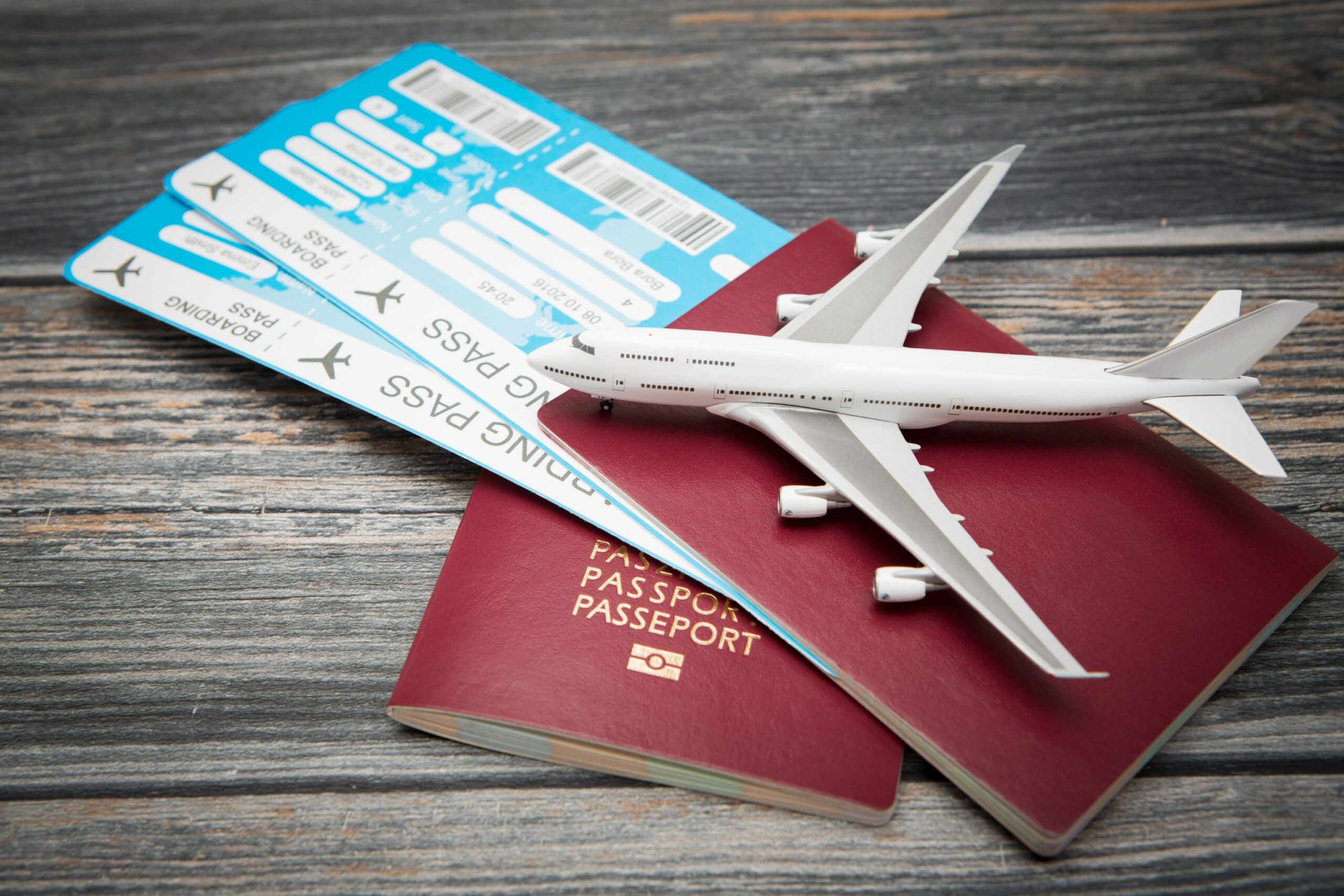If you’ve ever booked a flight ticket online, you’ve probably seen a short code like LAX, JFK, or DXB beside the airport name. These three-letter combinations appear on booking platforms, boarding passes, and luggage tags. But what do they mean?
IATA airport codes — unique identifiers the International Air Transport Association assigns to each airport. Their purpose is to simplify travel communications. Whether booking flights, checking in online, or tracking baggage, these codes help ensure that systems and people worldwide stay on the same page.
Usually, the code is linked to the airport’s name or city. For example, LAX refers to Los Angeles, JFK is named after John F. Kennedy in New York, and DXB points to Dubai. Others are a bit more complex — ORD stands for Chicago O’Hare and comes from its original name, Orchard Field.
Understanding how these codes are formed helps travelers make quicker and more accurate flight planning decisions. If you’re flying into a city with several airports, like London or New York, choosing the correct code can save you time, stress, and money.
Why These Three Letters?
At first glance, airport codes might seem random. But many follow a clear logic. Some are based on the airport’s name, some on the city’s name, and others have historical reasons. For example, LHR stands for London Heathrow, and SYD stands for Sydney. But others like ORD — which represents Chicago O’Hare — refer back to the airport’s former name, Orchard Field.
Understanding these codes can help you avoid mix-ups when booking flight tickets online. Picking the right code matters, especially in cities with multiple airports, like London (LHR, LGW, STN) or New York (JFK, EWR, LGA).
How Airport Codes Make Flying Easier
Using three-letter codes reduces communication errors. Imagine spelling out “Hartsfield-Jackson Atlanta International Airport” over the phone when booking a flight. It’s much easier—and more accurate—to say “ATL.” That simplicity saves time and reduces mistakes, especially in high-pressure airport environments.
For travelers, recognizing the correct code when booking can save you from landing in the wrong part of the city — or even the wrong city entirely. When rushing through security or glancing at a departure board, those three letters are a quick, reliable way to track where you’re going.
Where Do These Codes Come From
Some airport codes are tied to the airport’s original name or local language. Take MCO for example — Orlando International Airport was once McCoy Air Force Base. The code stuck. Or look at HEL, which stands for Helsinki; it’s based on the Swedish name for the city, Helsingfors.
Other codes reflect the city’s global identity. SIN stands for Singapore, DXB for Dubai, and HND for Tokyo’s Haneda. Each is short, sharp, and instantly recognizable to frequent flyers and airline staff alike.
These little combinations of letters represent decades of history, culture, and change. And if you fly often or just love travel, knowing them gives you a deeper connection to the places you visit.
Unveiling the Codes: List of Airport Abbreviations
- ATL – Hartsfield-Jackson Atlanta International Airport, USA
- LAX – Los Angeles International Airport, USA
- JFK – John F. Kennedy International Airport, USA
- ORD – O’Hare International Airport, USA
- LHR – London Heathrow Airport, United Kingdom
- CDG – Charles de Gaulle Airport, France
- FRA – Frankfurt Airport, Germany
- DXB – Dubai International Airport, United Arab Emirates
- PEK – Beijing Capital International Airport, China
- SYD – Sydney Kingsford Smith Airport, Australia
- ICN – Incheon International Airport, South Korea
- NRT – Narita International Airport, Japan
- AMS – Amsterdam Schiphol Airport, Netherlands
- MEX – Mexico City International Airport, Mexico
- HKG – Hong Kong International Airport, Hong Kong
- SIN – Singapore Changi Airport, Singapore
- IST – Istanbul Airport, Turkey
- DEN – Denver International Airport, USA
- MIA – Miami International Airport, USA
- BKK – Suvarnabhumi Airport, Thailand
- ATL – Hartsfield-Jackson Atlanta International Airport, USA
- MAD – Adolfo Suárez Madrid–Barajas Airport, Spain
- DFW – Dallas/Fort Worth International Airport, USA
- EWR – Newark Liberty International Airport, USA
- MSP – Minneapolis-Saint Paul International Airport, USA
- YYZ – Toronto Pearson International Airport, Canada
- CGK – Soekarno-Hatta International Airport, Indonesia
- SFO – San Francisco International Airport, USA
- DEL – Indira Gandhi International Airport, India
- LAS – McCarran International Airport, USA
- SVO – Sheremetyevo International Airport, Russia
- CLT – Charlotte Douglas International Airport, USA
- PHX – Phoenix Sky Harbor International Airport, USA
- DUB – Dublin Airport, Ireland
- CPH – Copenhagen Airport, Denmark
- ATH – Athens International Airport, Greece
- BRU – Brussels Airport, Belgium
- HND – Tokyo Haneda Airport, Japan
- SEA – Seattle-Tacoma International Airport, USA
- IAH – George Bush Intercontinental Airport, USA
- KUL – Kuala Lumpur International Airport, Malaysia
- BWI – Baltimore/Washington International Thurgood Marshall Airport, USA
- VIE – Vienna International Airport, Austria
- ZRH – Zurich Airport, Switzerland
- DTW – Detroit Metropolitan Wayne County Airport, USA
- BOS – Logan International Airport, USA
- CUN – Cancún International Airport, Mexico
- FCO – Leonardo da Vinci-Fiumicino Airport, Italy
- SLC – Salt Lake City International Airport, USA
- MSP – Minneapolis-Saint Paul International Airport, USA
- LIS – Lisbon Portela Airport, Portugal
- MUC – Munich Airport, Germany
- DME – Domodedovo International Airport, Russia
- MCO – Orlando International Airport, USA
- GIG – Rio de Janeiro/Galeão–Antonio Carlos Jobim International Airport, Brazil
- TXL – Berlin Tegel Airport, Germany
- BOM – Chhatrapati Shivaji Maharaj International Airport, India
- OTP – Henri Coandă International Airport, Romania
- MNL – Ninoy Aquino International Airport, Philippines
- BNE – Brisbane Airport, Australia
- FLL – Fort Lauderdale-Hollywood International Airport, USA
- OSL – Oslo Airport Gardermoen, Norway
- MAN – Manchester Airport, United Kingdom
- CVG – Cincinnati/Northern Kentucky International Airport, USA
- YUL – Montréal-Pierre Elliott Trudeau International Airport, Canada
- ICN – Incheon International Airport, South Korea
- IST – Istanbul Airport, Turkey
- PVG – Shanghai Pudong International Airport, China
- SFO – San Francisco International Airport, USA
- DXB – Dubai International Airport, United Arab Emirates
- ATL – Hartsfield-Jackson Atlanta International Airport, USA
- LHR – London Heathrow Airport, United Kingdom
- JFK – John F. Kennedy International Airport, USA
- MIA – Miami International Airport, USA
- CDG – Charles de Gaulle Airport, France
- AMS – Amsterdam Schiphol Airport, Netherlands
- MUC – Munich Airport, Germany
- HKG – Hong Kong International Airport, Hong Kong
- PEK – Beijing Capital International Airport, China
- ICN – Incheon International Airport, South Korea
- NRT – Narita International Airport, Japan
- ZRH – Zurich Airport, Switzerland
- VIE – Vienna International Airport, Austria
- BKK – Suvarnabhumi Airport, Thailand
- DUB – Dublin Airport, Ireland
- FCO – Leonardo da Vinci-Fiumicino Airport, Italy
- SVO – Sheremetyevo International Airport, Russia
- MAD – Adolfo Suárez Madrid–Barajas Airport, Spain
- IST – Istanbul Airport, Turkey
- DXB – Dubai International Airport, United Arab Emirates
- SIN – Singapore Changi Airport, Singapore
- EWR – Newark Liberty International Airport, USA
- LAX – Los Angeles International Airport, USA
- ATL – Hartsfield-Jackson Atlanta International Airport, USA
- JFK – John F. Kennedy International Airport, USA
- LHR – London Heathrow Airport, United Kingdom
- CDG – Charles de Gaulle Airport, France
- FRA – Frankfurt Airport, Germany
- AMS – Amsterdam Schiphol Airport, Netherlands
- PEK – Beijing Capital International Airport, China
Why Airport Codes Are Still Relevant When Booking Flights Online
When you book a flight ticket online, you rely on speed, clarity, and precision. Airport codes help make that happen. They’re not outdated or decorative — they’re an essential tool behind the scenes of every reservation, every check-in, and every baggage transfer. No matter which airline you fly with or what platform you use to book, these codes connect everything.
These three letters guide your decisions when comparing prices, double-checking layovers, or choosing between multiple regional airports. For example, flying into JFK versus LGA in New York could affect your entire itinerary, from travel time to hotel location.
You don’t need to memorize all the codes, but learning a few of the most common ones makes booking smoother and helps you avoid costly mistakes. Especially if you’re managing multi-city flights or planning tight layovers, spotting the correct code quickly gives you an advantage.
So next time you see those little letters appear during your booking, don’t ignore them. They’re doing the heavy lifting to get you where you need to be, efficiently, and without confusion.
FAQs
What is an airport code?
An airport code is a three-letter abbreviation used to identify airports worldwide. It helps simplify booking, communication, and baggage handling.
Why are airport codes used in flight booking?
They ensure accuracy when selecting departure and arrival airports, especially in cities with more than one airport.
Are airport codes the same everywhere?
Yes, the IATA standard applies globally. All major airlines and travel platforms recognize these codes.
How do I know which code to use when booking flights online?
Look for the three-letter code next to the airport name during your booking. Most platforms display both the full name and the code together.
Can airport codes change?
Rarely. Some codes change due to major airport rebranding or relocation, but it’s uncommon. Always verify codes for new or renamed airports.
What’s the difference between IATA and ICAO codes?
IATA codes are three-letter codes used in booking and ticketing. ICAO codes are four-letter codes used for air traffic control and operations.
Should I use the airport code or name when searching for flights?
Using either works, but airport codes can help you avoid confusion, especially if the city has several airports with similar names.




